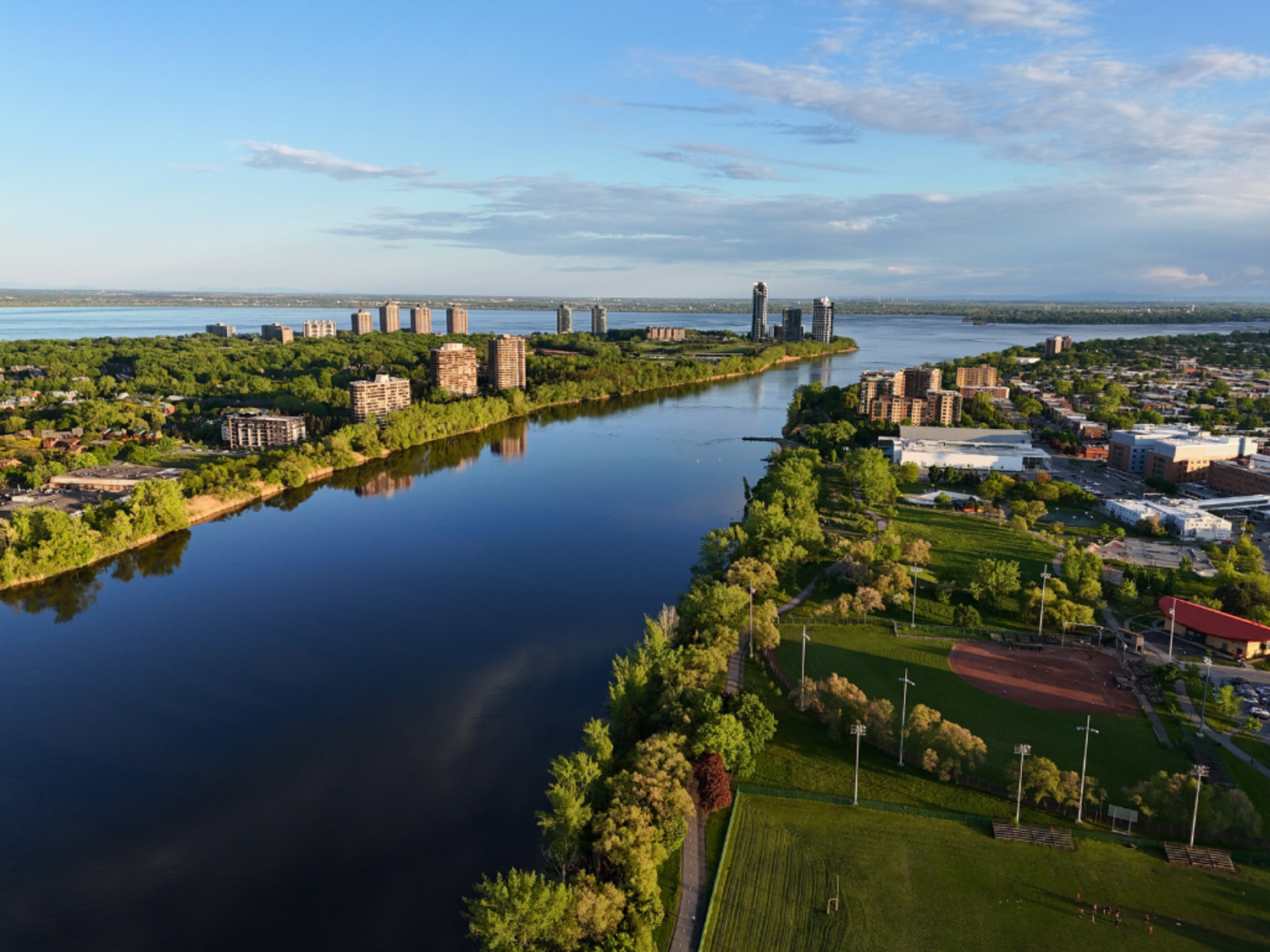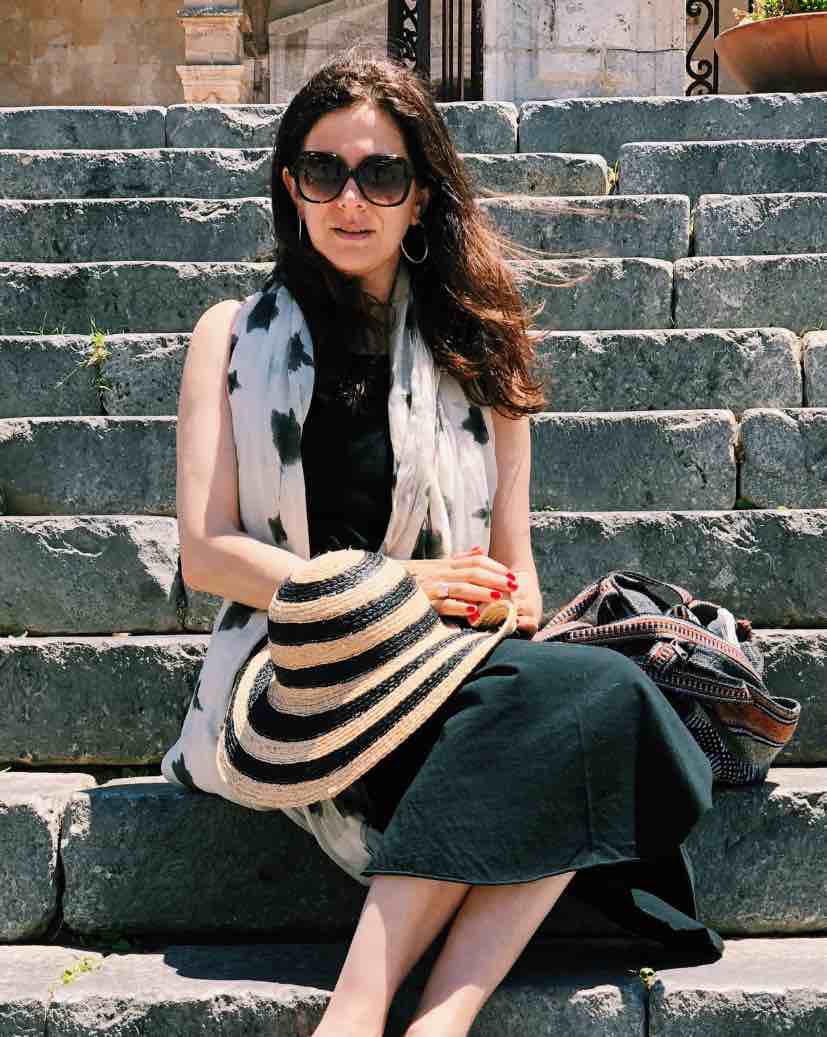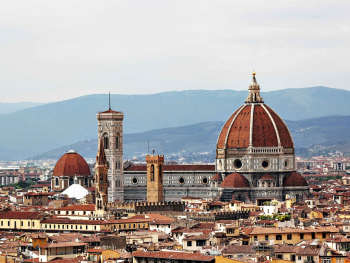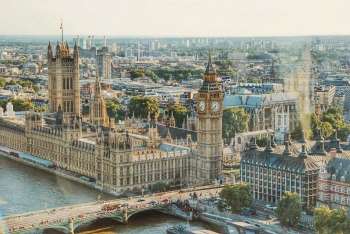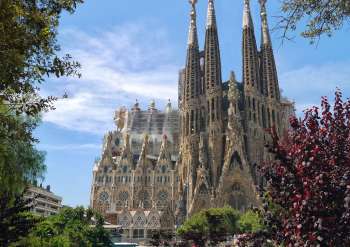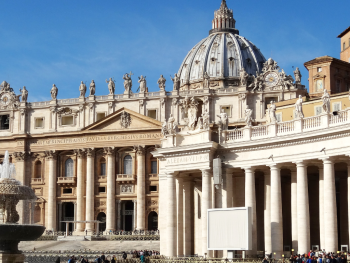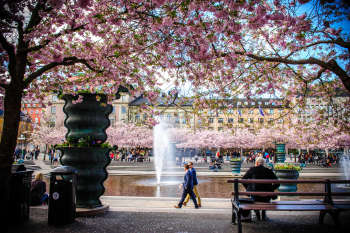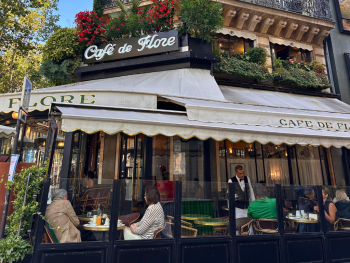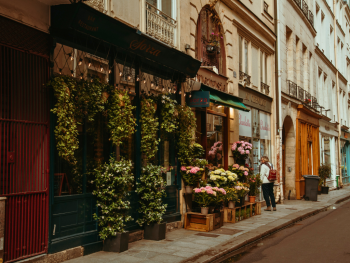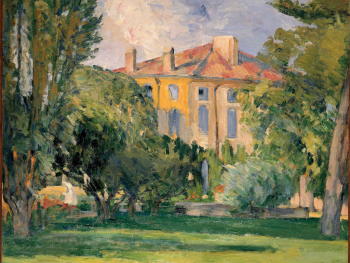For decades, Verdun flew under the radar. This quiet, working-class borough hugging the St. Lawrence River was better known for its ice-fishing huts than its cocktail bars. But ask any Montrealer today where the city’s creative pulse is shifting, and you’ll hear one name again and again: Verdun.
With its walkable streets, independent boutiques, and a food scene that rivals Mile End, Verdun has become a magnet for chefs, artists, and young families. It’s urban without pretension, green without feeling suburban, and community-driven to its core.
Here’s how to spend 48 hours exploring the Montreal neighborhood that locals can’t stop talking about.
Day 1: From the Canal to Wellington Street
Start your day where the city meets the water. The Lachine Canal, once the backbone of Montreal’s industrial trade, has been reimagined as a serene linear park that runs parallel to Verdun’s northern edge.
Grab a coffee at Café Lili & Oli, a light-filled café where laptop workers and cyclists mix easily. If you prefer something stronger, Café Saint-Henri has a small kiosk closer to the canal with exceptional espresso.
Then, take a slow stroll or rent a BIXI bike and follow the canal’s path west. Morning light glints off the water; herons skim the surface; joggers weave past industrial relics turned into lofts. You can even rent a kayak or paddle board from KSF near Lasalle if the weather’s warm.
Local Tip: The canal path connects Verdun to the Old Port in about 25 minutes by bike—perfect if you’re staying downtown but want a nature break.
Visit Wellington Street (a.k.a. “La Welly”)
Few places capture Verdun’s transformation better than Rue Wellington, affectionately known as La Welly. Once lined with discount shops and bakeries, it’s now one of the coolest streets in the world, according to Time Out.
You’ll find everything from independent bookstores and record shops to boutique bakeries and natural wine bars, yet Wellington never feels curated or forced. It’s authentic Montreal: eclectic, bilingual, and a little bit messy in the best way.
Don’t miss:
- Librairie de Verdun: A neighborhood institution since 1944, this French-language bookstore has a thoughtfully curated selection of fiction, art books, and children’s titles.
- Marché Station W: Local sandwiches, soups, and smoothies for a quick refuel.
- Denis Gagnon Boutique: For avant-garde Québécois fashion that feels more runway than retail.
As you wander, you might see kids playing along the tree-lined sidewalks and notice that the neighborhood's pace slows just a bit compared to the Plateau. Verdun feels lived-in, not overrun.
The Art of the Long Meal
Verdun’s dining scene balances refinement with approachability. At Beba, brothers Ari and Pablo Schor serve Argentine-inspired small plates that reflect Montreal’s global sensibility. Here you'll find empanadas with Quebec cheese, grilled leeks with romesco, and house-made dulce de leche.
If you prefer something casual, Café Bloom (in neighboring Pointe-Saint-Charles) is worth the short walk or metro hop for its luminous interior and locally sourced brunch menu.
Pro Tip: Book Beba well in advance—its 28 seats fill up quickly, especially on weekends.
A Riverside Escape
A few blocks south of Wellington, Parc Arthur-Therrien opens up like a secret garden at the water’s edge. The park runs parallel to the Verdun Waterfront Promenade, a 15-kilometer stretch of riverside path perfect for walking, biking, or just sitting on the grass with a pastry and a book.
You’ll spot Île-des-Sœurs, also known as Nun’s Island, across the water, serving as a calm green counterpoint to Verdun’s urban energy. During summer, kayakers fill these waters; in winter, you might catch locals skating on the river’s frozen edges.
If you want a classic local ritual, stop by La Station des Sports for a casual drink overlooking the water before heading back inland for dinner.
From Aperitivo to After Hours
As golden hour hits, Verdun glows. Dinner options in Verdun abound. If you find yourself near Saint-Henri, Elena is your destination for inventive pizzas and pastas, plus a stellar wine list. L’Idéal Bar & Vin is another spot deserving of your fine taste as one of Montreal’s best-kept secrets for serious oenophiles.
If you’re in the mood for nightlife, finish at Verdun Beach, a tiki-style cocktail bar that transforms into a DJ-fueled party on weekends. It’s a reminder that Verdun, despite its residential calm, knows how to celebrate.
Day 2: Nature, History & Neighborhood Soul
After a breakfast stop, take a stroll south toward Promenade Wellington where the weekend farmer’s market pops up seasonally with local produce and crafts.
If it’s summer, head toward Verdun Beach for sand, sun, and skyline views, a rare urban oasis just minutes from the metro.
Step Back in Time
Few realize that Verdun is one of Montreal’s oldest boroughs, founded in 1671. Its riverside location made it one of the first French settlements on the island, and traces of that colonial past still remain.
At Maison Nivard-De Saint-Dizier, a modest stone farmhouse dating back to 1710, you’ll find exhibitions on Indigenous history, colonial trade, and Verdun’s evolution from farmland to modern suburb. The museum’s backyard overlooks the river and is one of the quietest, most reflective spots in the city.
If you’re traveling with kids, the site’s outdoor interpretive panels make history feel tangible, and the museum often hosts archaeology workshops and family days in summer.
Culture, Craft Beer & Community
After lunch, dive into Verdun’s cultural side.
Start at Galerie Quai 5160, an architectural gem by the river that doubles as a performance space and art gallery.
Then, reward yourself with a local pint. Verdun’s brewery scene rivals any in the city:
- Benelux Verdun: A bright, airy brewpub with excellent IPAs and a leafy terrace.
- Messorem Bracitorium: Craft beer for the connoisseur, known for hazy IPAs and innovative sours.
- Social Verdun: a warm atmosphere, solid drink and food menu, and social events (including live music and quiz nights) make this a destination for truly plugging in with the locals.
Local Insight: Many breweries host trivia nights, pop-up markets, or food collaborations. Check their websites or Instagram for events before you go.
Sunset Rituals
Return to the Verdun Waterfront for sunset. Locals gather along the river with folding chairs, wine, and conversation. You’ll hear French, English, Arabic, and Spanish mingling in the air, a reflection of Verdun’s diverse, inclusive spirit. Pack a picnic for a truly memorable evening.
Sustainable Travel Tip: Verdun is one of Montreal’s most walkable boroughs. Skip the car; everything is accessible by metro, bike, or foot.
Practical Information
Getting There: Verdun is 15 minutes from downtown Montreal via the Green Line (Verdun or De l’Église stations).
Best Time to Visit: May–October for markets and outdoor dining; December–February for snow-covered parks and cozy cafés.
Languages: French and English are both widely spoken.
Good to Know: Many shops close on Mondays; bring a reusable water bottle as public fountains are common along the promenade.
Why Visit Verdun?
Verdun isn’t trying to be the next Plateau or Mile End, and that’s exactly why it stands out.
Here, creativity hums quietly rather than shouting for attention. Cafés spill into the street, the river mirrors the evening light, and neighbors still stop to talk. In a city known for reinvention, Verdun feels like a pause. Here, you have a chance to experience Montreal as locals do: unhurried, genuine, and deeply alive.
